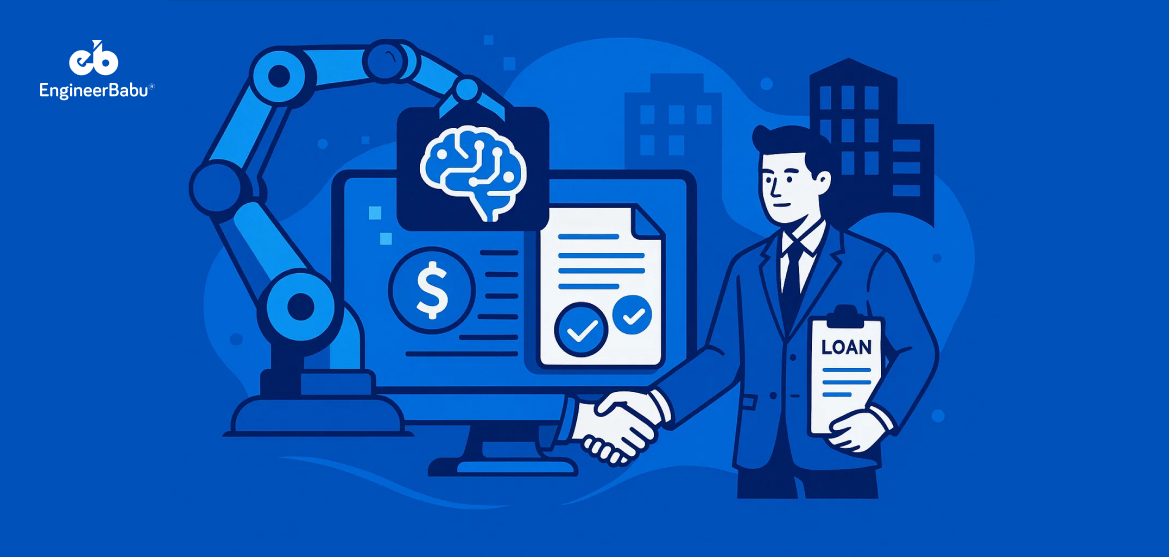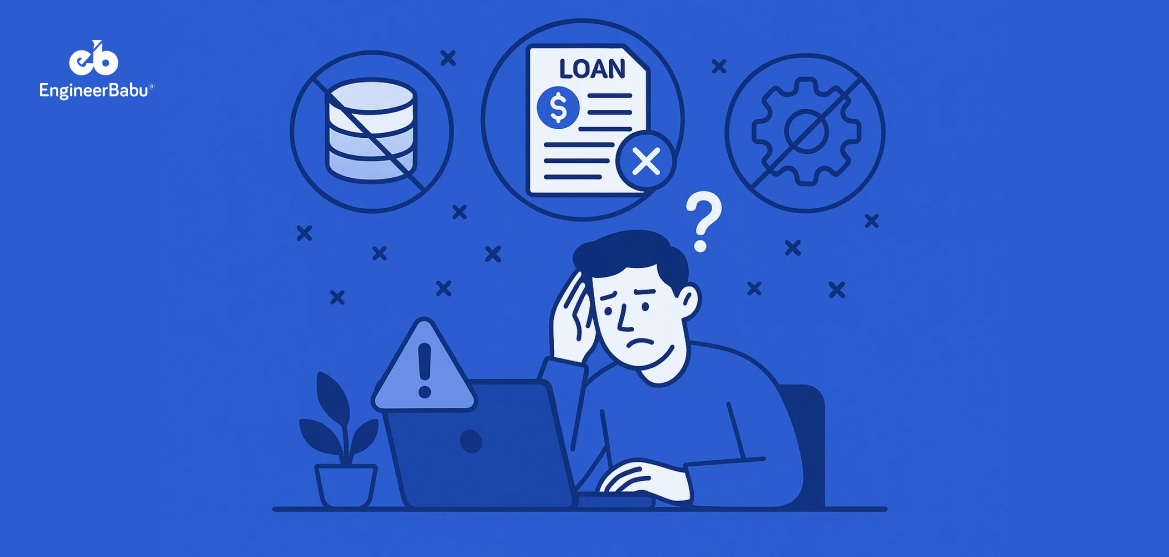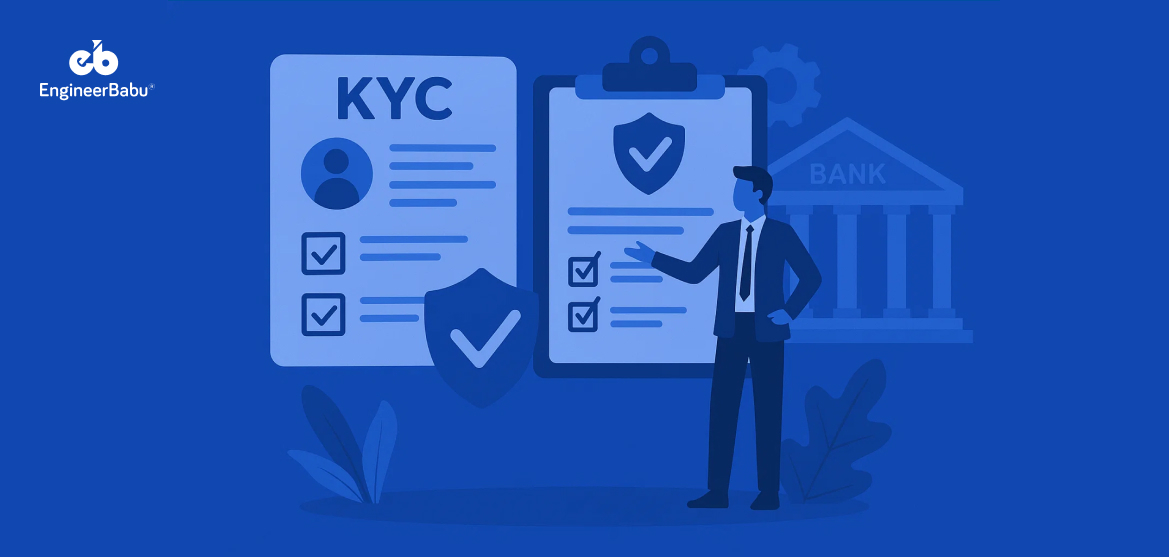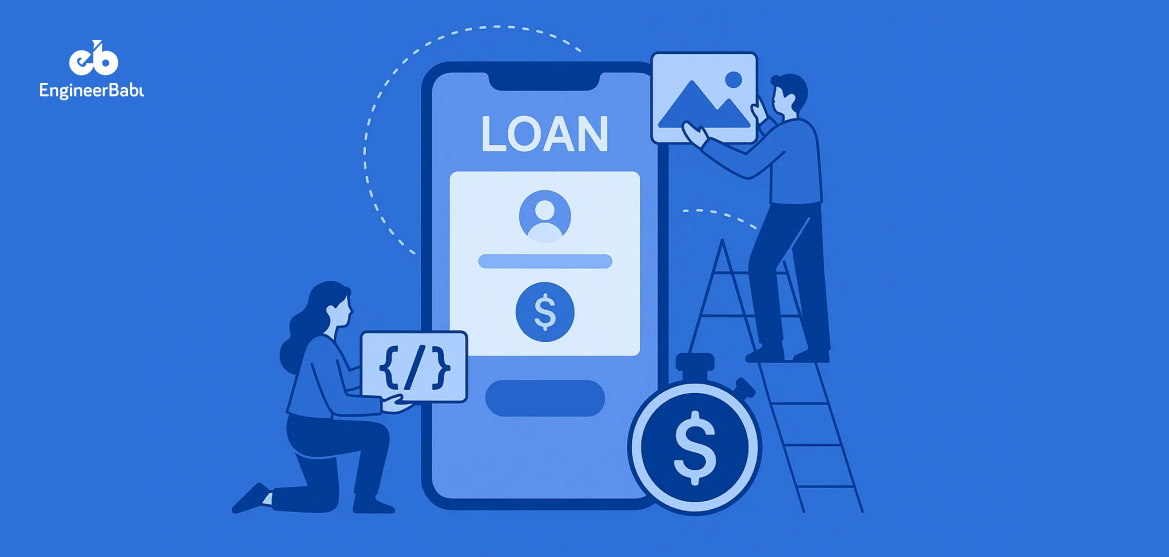Getting a business loan approved has never been a simple process. For many small and mid-sized companies, applying for credit still means pulling together piles of documents, waiting for manual reviews, and dealing with weeks of back-and-forth with lenders.
The result is often a slow and frustrating experience at the exact moment when businesses need speed and certainty.
AI is proving to change that. For example, fintech Upstart reports that by using AI-powered credit risk models and alternative data, they increased loan approvals by 27% while also reducing default rates by 16%.
These improvements highlight why AI in automating B2B loan approvals is drawing so much attention. By shifting away from slow, paper-heavy reviews to data-driven decision making, lenders can process applications faster and still maintain accuracy in risk assessment.
For businesses, it means quicker access to the funds they need to operate and grow. The next step is understanding how the traditional loan process works and where AI fits in to remove the roadblocks.
Traditional B2B Loan Approval Process
Before looking at how AI changes things, it helps to understand what the loan approval journey typically looks like for businesses. While the steps can vary by lender, most B2B loan applications follow a similar path:
1. Application Submission
The process begins with the business submitting its application. This usually includes company registration documents, financial statements, tax returns, and information about key stakeholders. For many businesses, pulling together all these documents takes time and often requires help from accountants or legal advisors.
2. Document Collection and Verification
Once the application is received, the lender verifies the authenticity of each document. This means checking business licenses, validating tax filings, and confirming ownership structures. Because much of this work is still done manually in many banks and lending institutions, it can take several days before the file even moves to the next stage.
3. Credit Evaluation
At this stage, the lender analyzes the business’s creditworthiness. Traditional methods rely heavily on credit bureau reports and financial ratios from balance sheets or profit-and-loss statements. While useful, these reports often fail to capture the complete picture, especially for small and mid-sized businesses that may not have long credit histories.
4. Manual Underwriting
The underwriting team reviews all financial data, compares it against lending policies, and decides whether the business qualifies for credit. Underwriters may request clarifications or additional documentation, which can create delays. This step is also where subjective judgment plays a role, making decisions slower and sometimes inconsistent.
5. Final Approval and Disbursement
If the loan is approved, the lender prepares the contract, finalizes terms, and schedules disbursement. Even after approval, compliance checks, and legal formalities can add more waiting time before the funds actually reach the business.
For many companies, this entire process can take several weeks. The waiting period is not just inconvenient; it can directly affect the business’s ability to manage cash flow, pay suppliers, or seize growth opportunities. This is why lenders and borrowers alike are looking for a faster, more reliable approach.
How AI is Automating B2B Loan Approvals
The gaps in the traditional lending process explain why both banks and businesses are turning to smarter solutions. Manual reviews and paperwork leave too much room for delay, inconsistency, and missed opportunities.
AI and ML in fintech offer a way forward. In loans, they streamline each stage of the approval cycle. To see how, let’s look at the different roles of AI in Automating B2B Loan Approvals and changing the experience for both lenders and borrowers.
- Smarter Credit Scoring with Machine Learning
Traditional credit scoring leans heavily on past repayment records and bureau data, which often disadvantages small and mid-sized firms. Machine learning models expand the picture by analyzing transaction histories, supplier payments, and even payroll consistency.
For instance, a business with limited credit history but steady monthly transactions can be scored positively. This helps lenders reduce rejection rates while still managing risk effectively.
- Faster Document Processing with NLP
One of the most time-consuming parts of lending is reviewing long financial statements, tax returns, and contracts. Natural Language Processing (NLP) can read and interpret these documents in seconds, flagging key financial indicators or discrepancies for underwriters.
A bank using NLP could scan hundreds of loan applications daily without expanding staff. This makes AI in automating B2B loan approvals not just a promise but a practical solution to speed.
- Fraud Detection and Risk Monitoring
AI systems excel at spotting unusual patterns that might indicate fraud. For example, an algorithm trained on past fraudulent cases can flag inconsistencies between tax records and bank statements before an application reaches underwriting.
Beyond the initial approval stage, AI also monitors loan performance in real time. If a company suddenly shows cash flow volatility, the system can alert the lender early, reducing default risks.
- Automating Routine Tasks with RPA
Repetitive work like data entry, compliance checks, and application updates can slow down the loan pipeline. Robotic Process Automation (RPA) takes over these tasks, freeing up human underwriters to focus on complex cases.
For example, RPA can automatically pull financial data from government portals or verify GST returns. This combination of automation and AI significantly reduces turnaround time, making lending operations more scalable.
- Enhancing Customer Experience with AI Chatbots
Businesses applying for loans often need quick answers about eligibility, required documents, or application status. AI-powered chatbot development can provide 24/7 support, guiding applicants through the process without waiting for a human representative.
For instance, a chatbot can help a small business owner upload the right tax forms or explain next steps after submitting an application. This level of support builds trust while ensuring fewer errors in submissions.
Benefits of AI in B2B loan approvals for Lenders and Businesses
The impact of artificial intelligence in lending is not limited to faster approvals. It reshapes how both sides of the transaction experience the process.
Lenders gain efficiency and sharper insights, while businesses finally get access to credit without the long wait times. Let’s break down the main benefits of AI in automating B2B loan approvals for lenders and businesses.
1. Faster Turnaround Times
One of the most obvious benefits of AI-driven lending is speed. Applications that once took weeks to process can now be reviewed and approved within hours. When routine checks are automated and documents are scanned instantly, lenders can move faster without sacrificing accuracy.
For businesses, this means getting access to working capital when it matters most, whether it’s paying suppliers or investing in growth opportunities.
2. Reduced Operational Costs
Manual reviews and paperwork require significant staff time and resources. By automating repetitive tasks like data verification and compliance checks, lenders lower administrative costs.
These savings can be redirected toward better technology or customer service. Small and mid-sized businesses also benefit, since reduced costs for lenders often translate into more competitive loan offerings.
3. More Accurate Credit Risk Evaluation
Machine learning models look beyond traditional credit reports, making evaluations fairer and more precise. For example, consistent payment behavior with vendors or steady cash inflows from sales can strengthen a company’s profile, even if its credit history is thin.
This results in better approval rates for deserving businesses while helping lenders minimize default risks. It is one of the strongest cases for AI in Automating B2B Loan Approvals.
4. Better Customer Experience
Borrowers today expect the same convenience in financial services that they experience with e-commerce or digital payments. AI-powered systems make the loan journey smoother by reducing errors, providing instant updates, and answering queries through chatbots.
For a business owner, this creates a less stressful experience and builds confidence in the lender’s process.
5. Greater Scalability for Lenders
With automation handling routine tasks, lenders can process a much higher volume of applications without needing to grow staff proportionally. This scalability is critical in markets with growing demand for small business credit.
By leveraging AI in Automating B2B Loan Approvals, financial institutions can expand their reach, serve more clients, and do so at a lower marginal cost.
Conclusion
AI in Automating B2B Loan Approvals is no longer a futuristic idea. It is actively reshaping how lenders evaluate credit and how businesses access funds. By speeding up document processing and delivering better customer experiences, AI bridges the gap between traditional banking processes and the fast-moving needs.
As adoption grows, lenders who embrace AI will be better positioned to serve clients, reduce defaults, and scale their operations. For businesses, this shift means quicker access to the capital required for survival and growth.
If you are exploring how to bring this level of innovation to your own lending platform, partnering with the right technology team is essential. EngineerBabu, a leading fintech app development company, can help you design and build solutions that bring automation and intelligence into your lending ecosystem.
FAQs
1. What is AI in Automating B2B Loan Approvals?
It refers to using artificial intelligence technologies like machine learning, natural language processing, and robotic process automation to streamline the loan approval process for businesses. Instead of relying only on manual underwriting, lenders can analyze data faster, reduce paperwork, and make more accurate credit decisions.
2. How does AI reduce loan approval times?
AI systems process large volumes of financial data and documents in minutes. They automate verification, run predictive models, and flag risks instantly. This reduces approval times from weeks to just hours, giving businesses quicker access to credit.
3. Can AI help small businesses with limited credit history?
Yes. AI models consider alternative data like supplier payments, sales transactions, and cash flow patterns. This allows lenders to fairly evaluate businesses that may not have long credit histories but show consistent financial reliability.
4. What challenges do lenders face when adopting AI?
Some of the main challenges include integrating AI with legacy systems, ensuring compliance with regulations, avoiding bias in credit models, and maintaining transparency for borrowers. Human oversight is still necessary to balance automation with fairness.
5. Is AI secure for handling sensitive financial data?
Yes, when implemented correctly. AI platforms in lending follow strict compliance standards like PCI DSS and data encryption protocols. However, lenders must prioritize robust cybersecurity practices to protect sensitive borrower information.




